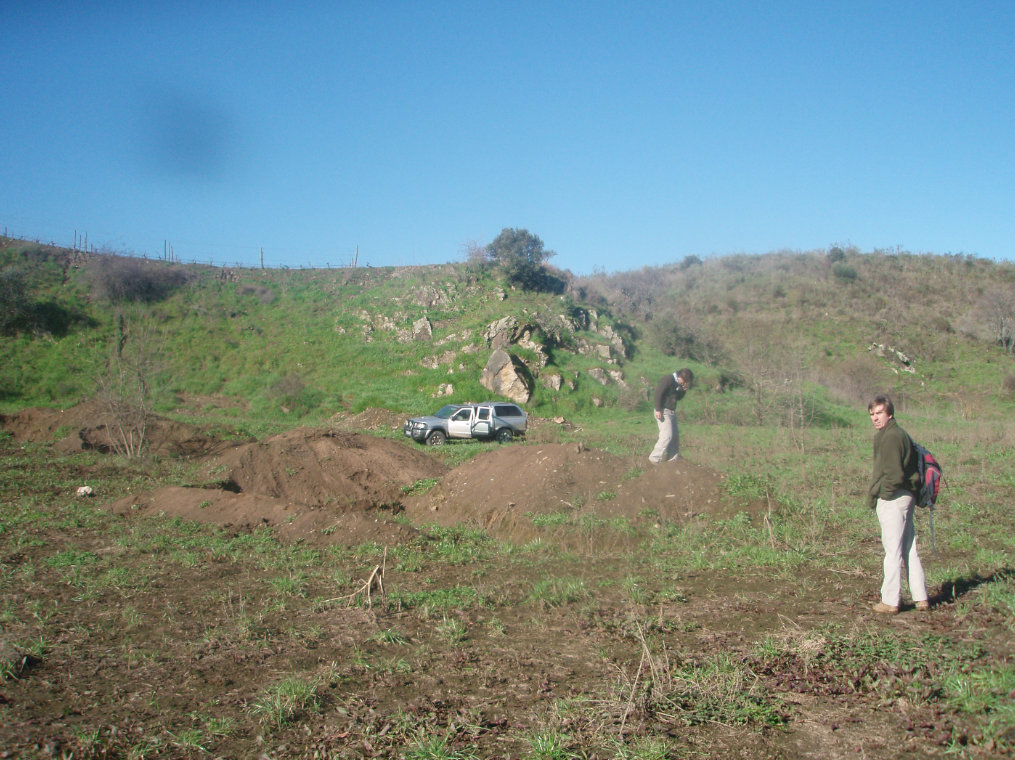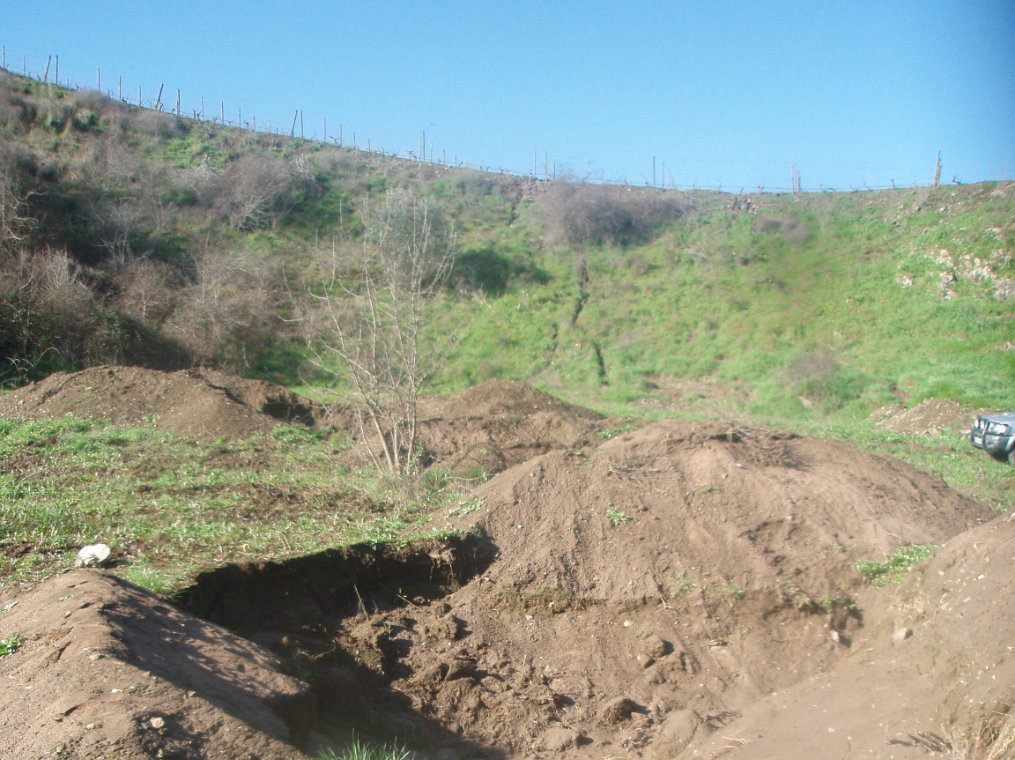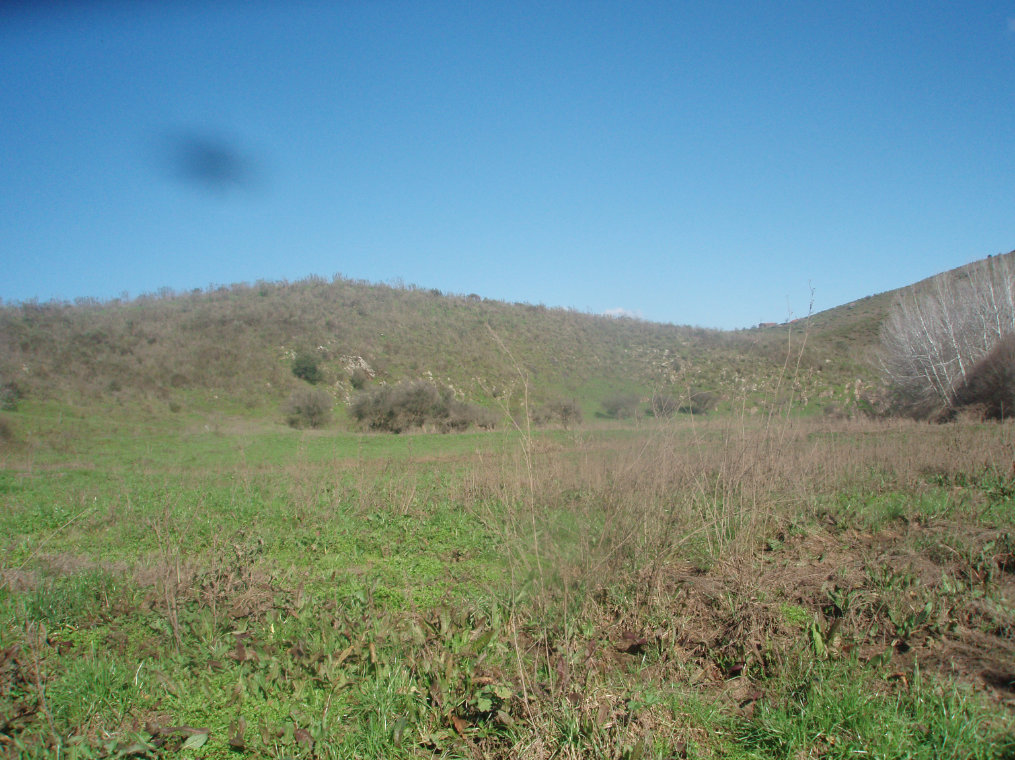STUDYAREA
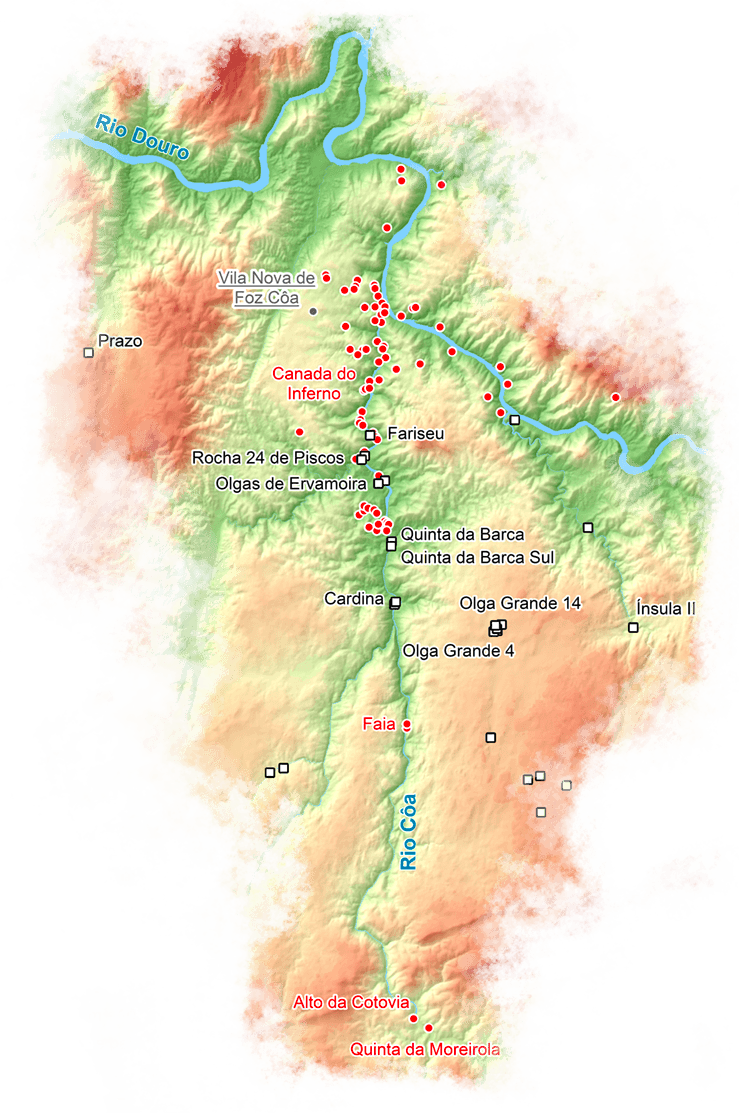

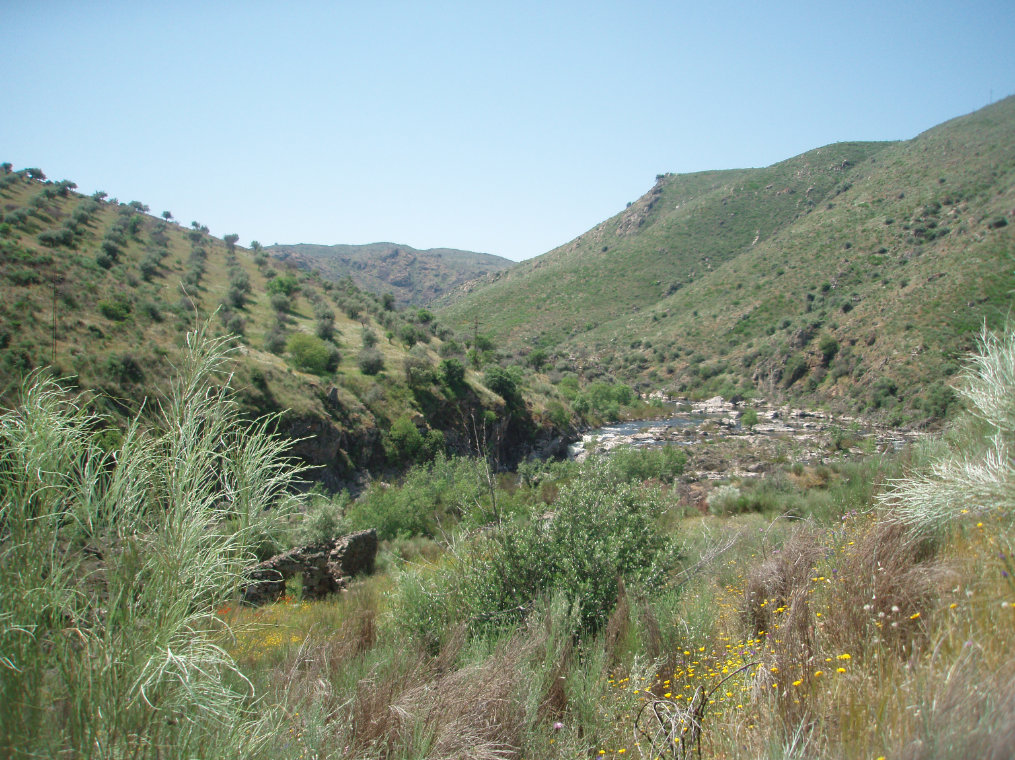




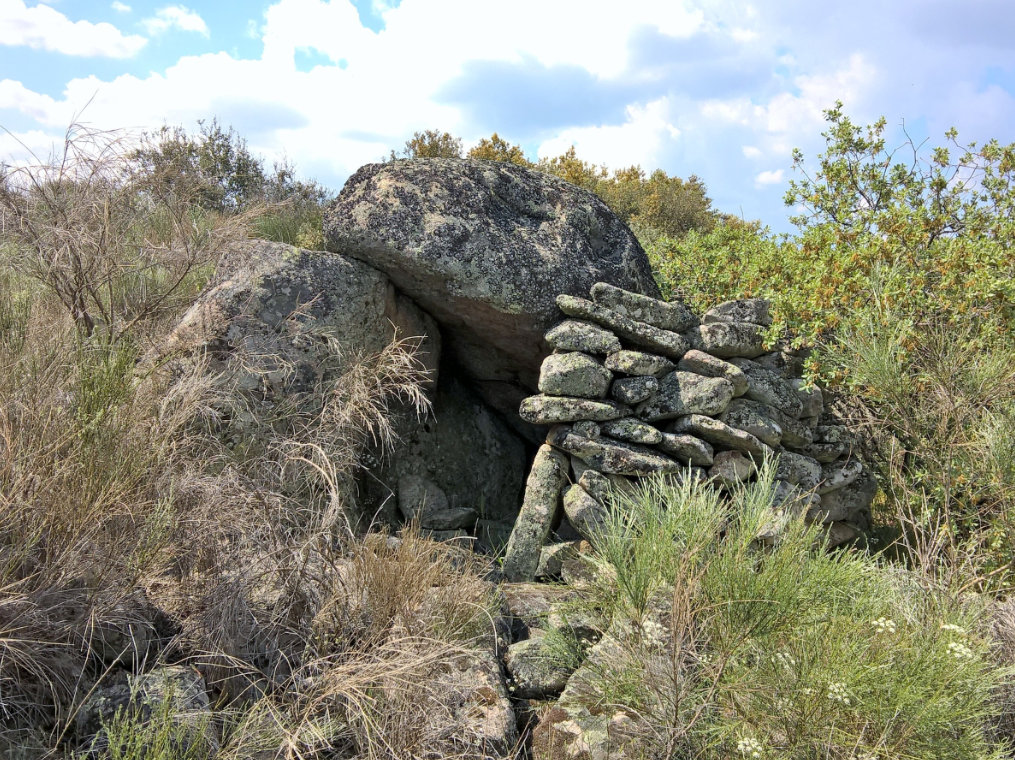
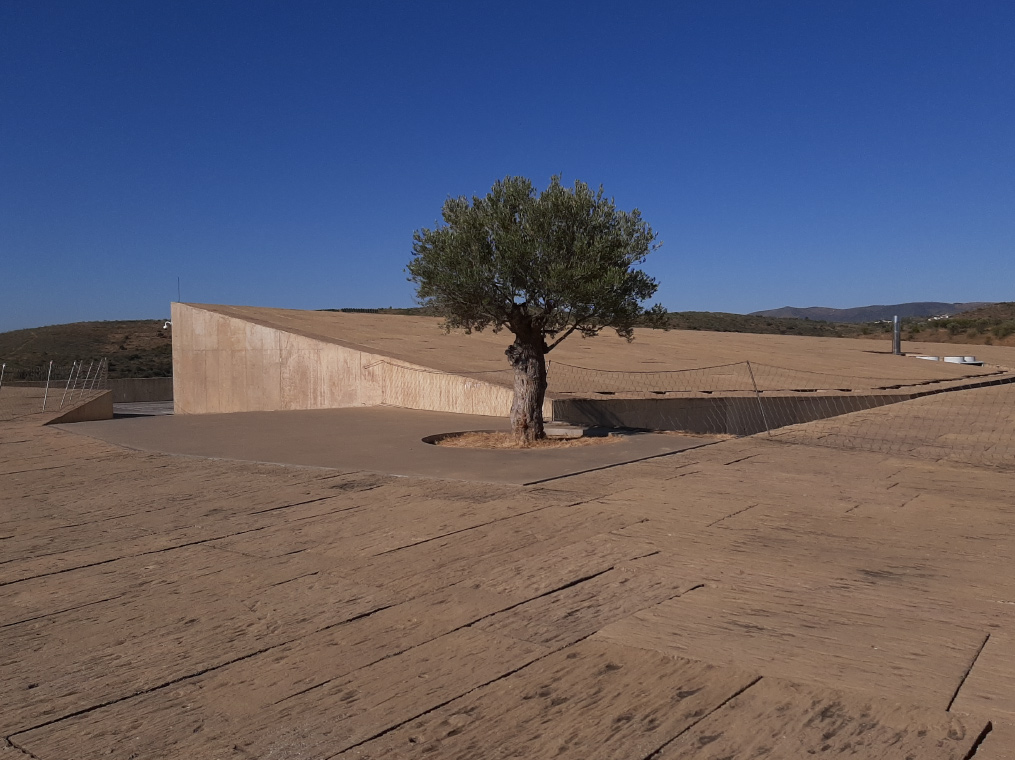


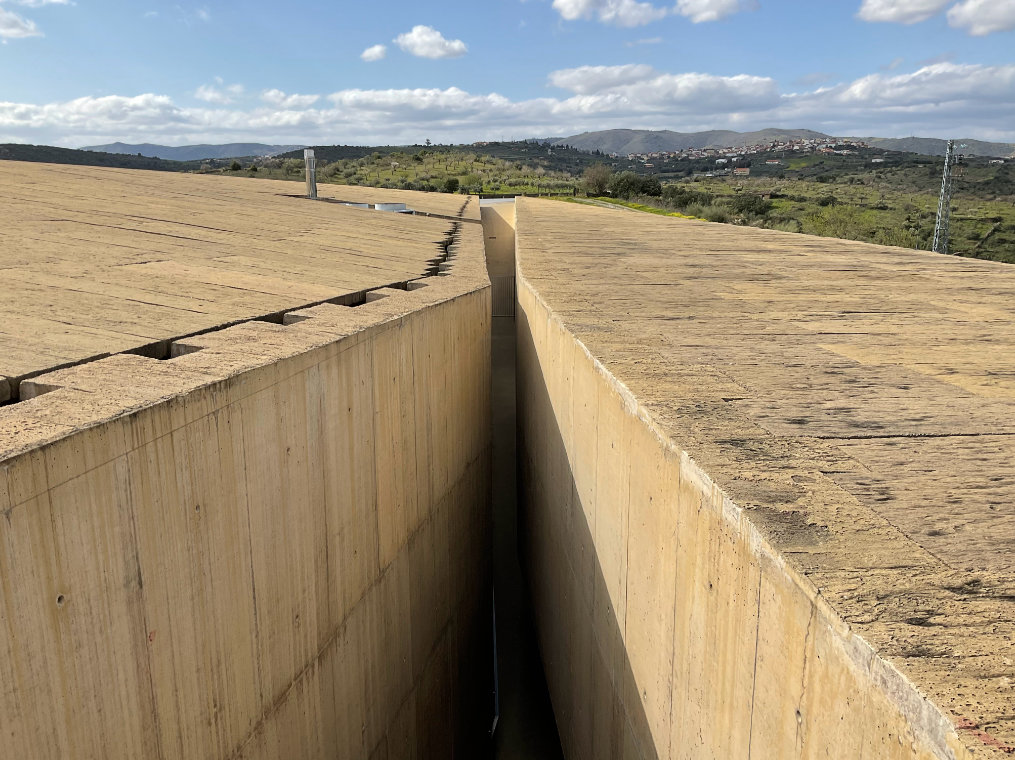

STUDY AREA
Côa Museum
Côa Museum is one of the largest Portuguese museums, opened in July 2010, and placed on the top of a hill overlooking the confluence between Côa and Douro rivers. It is here that two world heritage sites of the region come together: open-air Palaeolithic rock-art of the Côa Valley and the Douro Wine Landscape.
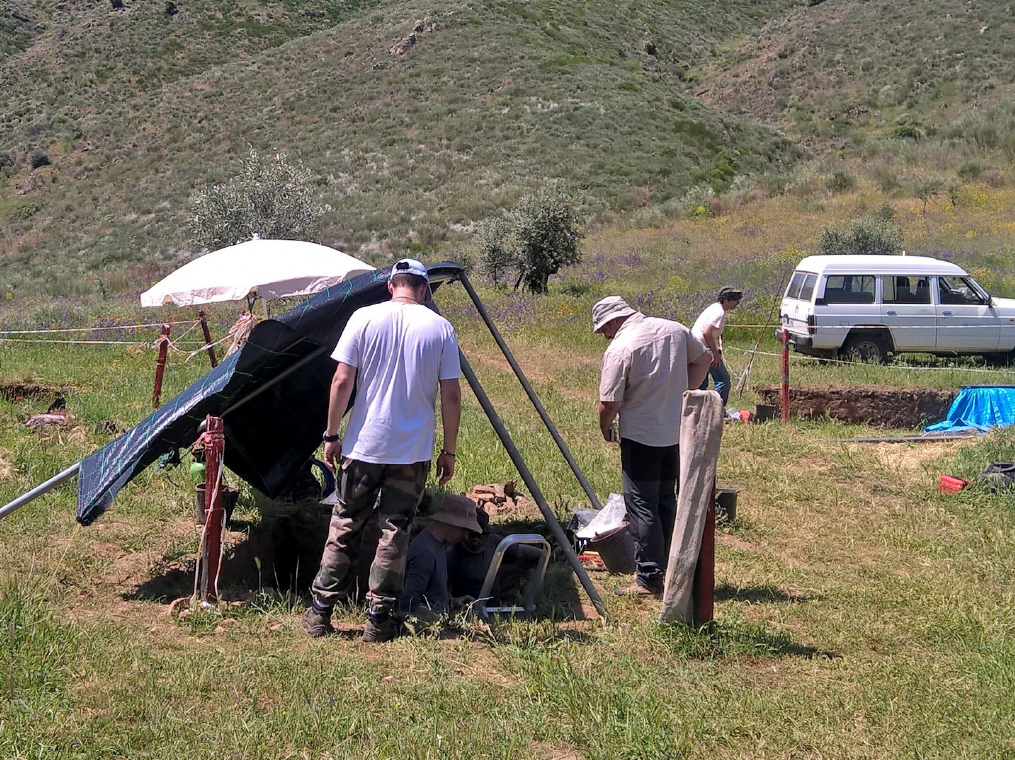
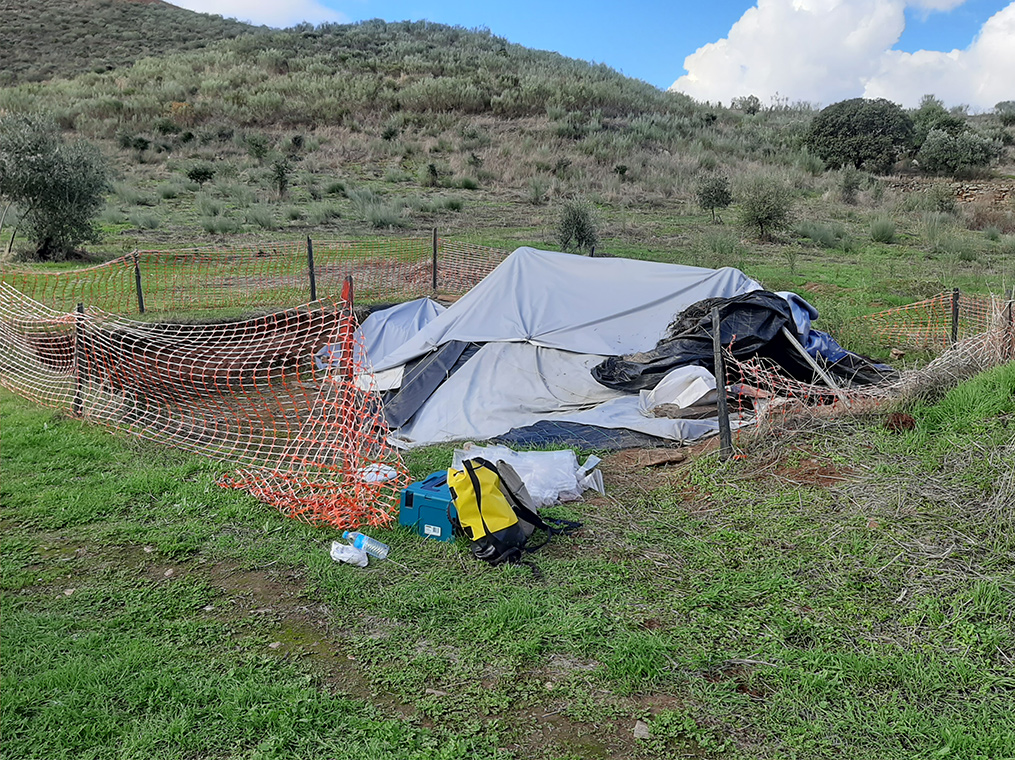

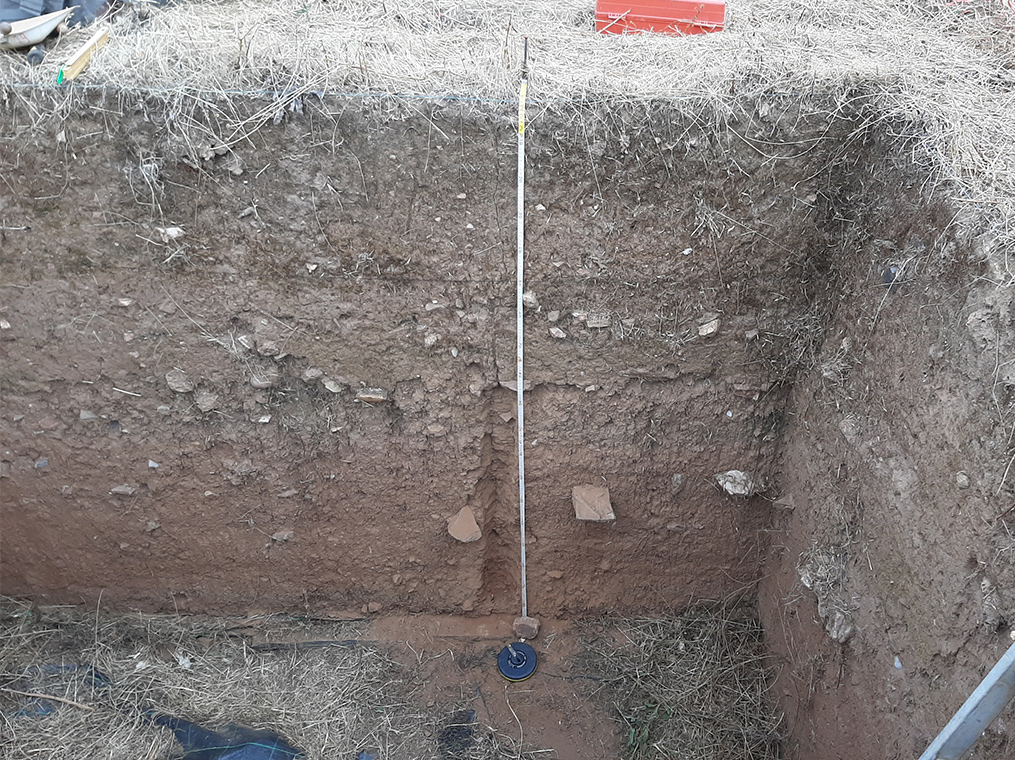
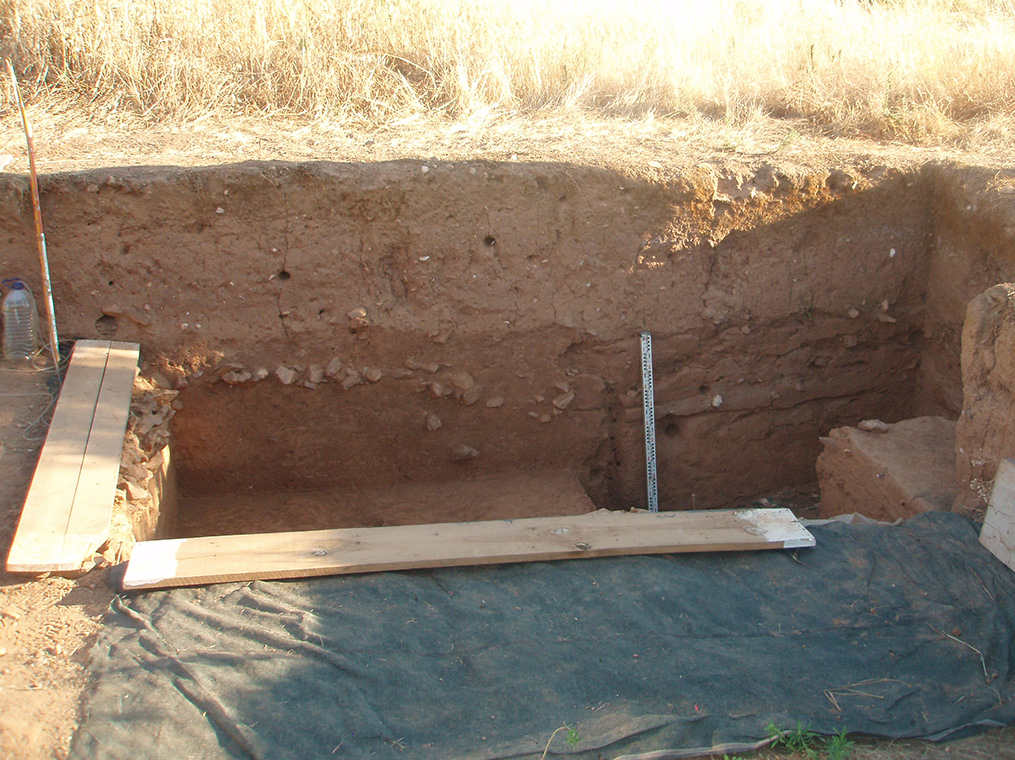
STUDY AREA
Cardina
Cardina-Salto do Boi is a reference site for the understanding of human occupation in the region, from the Middle Palaeolithic onward, also providing precious data on the nature of the preserved alluvial/colluvial sediments and the fluvial dynamics of the Côa river during Late Pleistocene. The main cross-section exposed in area, excavated between 1997 and 2018, revealed the existence of a 5 m-thick siliciclastic succession that is being studied in detail.

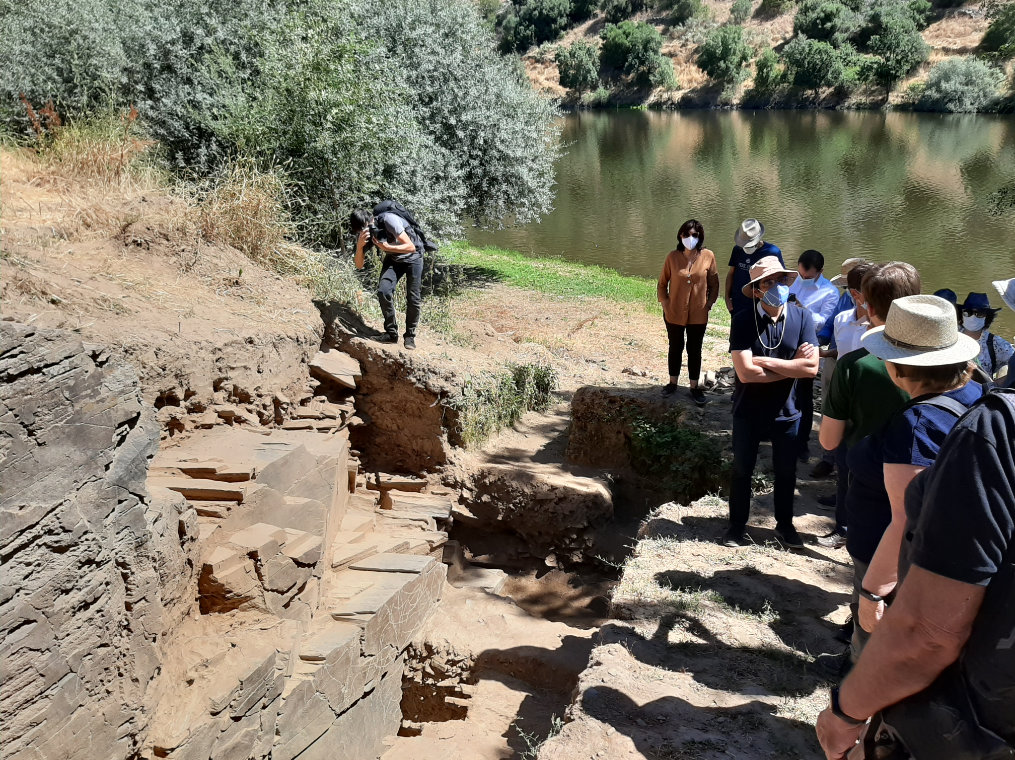
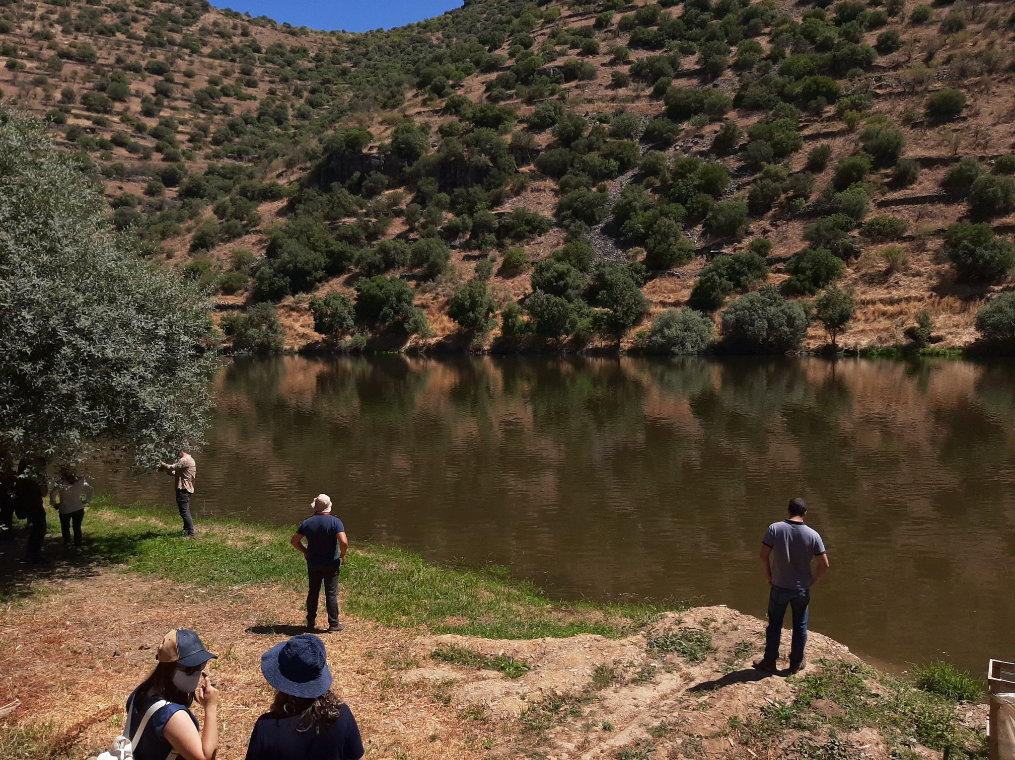
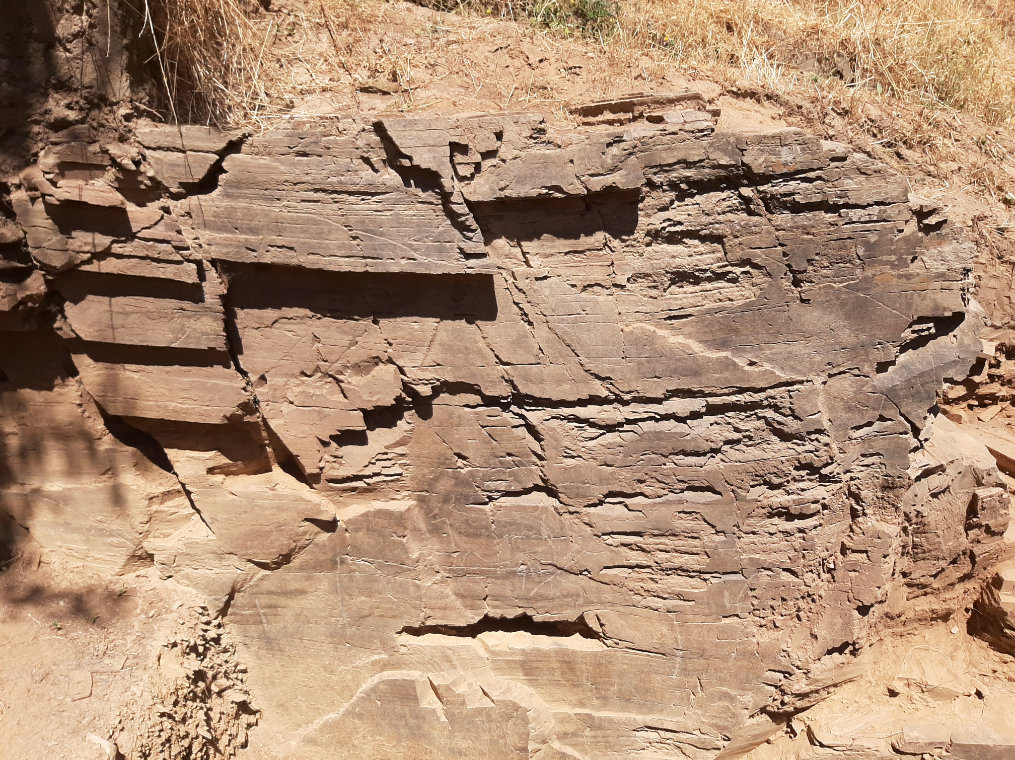
STUDY AREA
Fariseu
Fariseu is an archaeological site localised on the central portion of the left bank of one of the Côa river meander. The first cross-section exposed in area, excavated between 2005 and 2007, with attested Upper Palaeolithic lithic remains, revealed the existence of a 3 to 6 m-thick siliciclastic succession accumulated in an alluvial setting and through gravity-driven slope processes. New excavations are planned to study the local fluvial sedimentary succession in more detail.
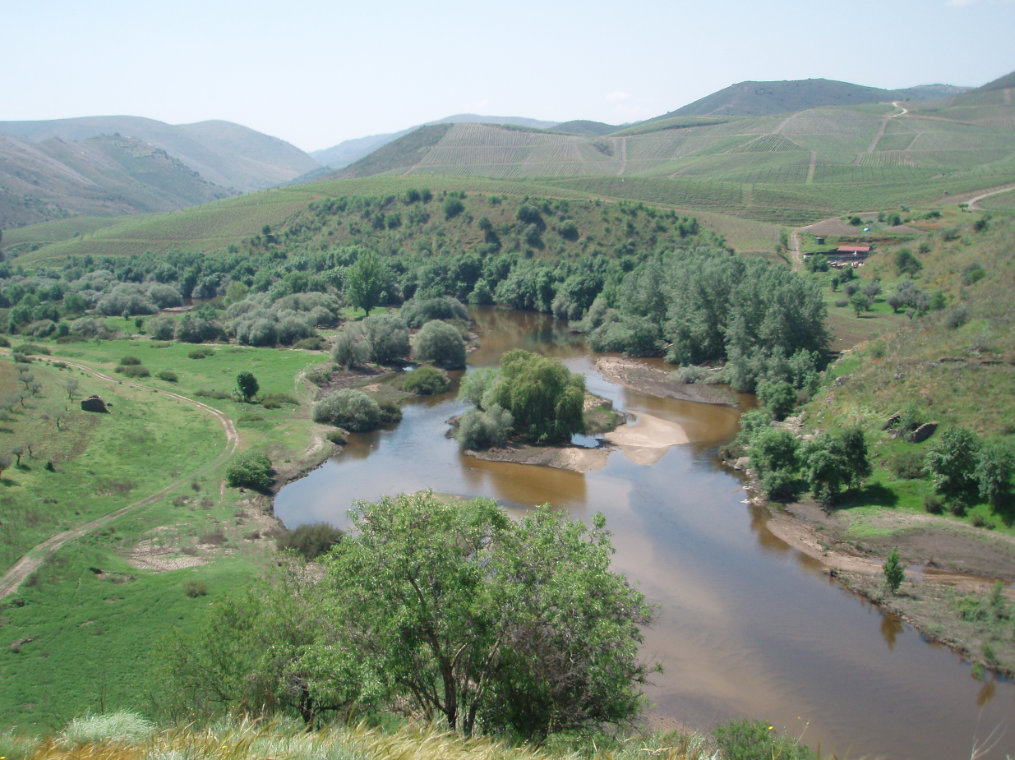
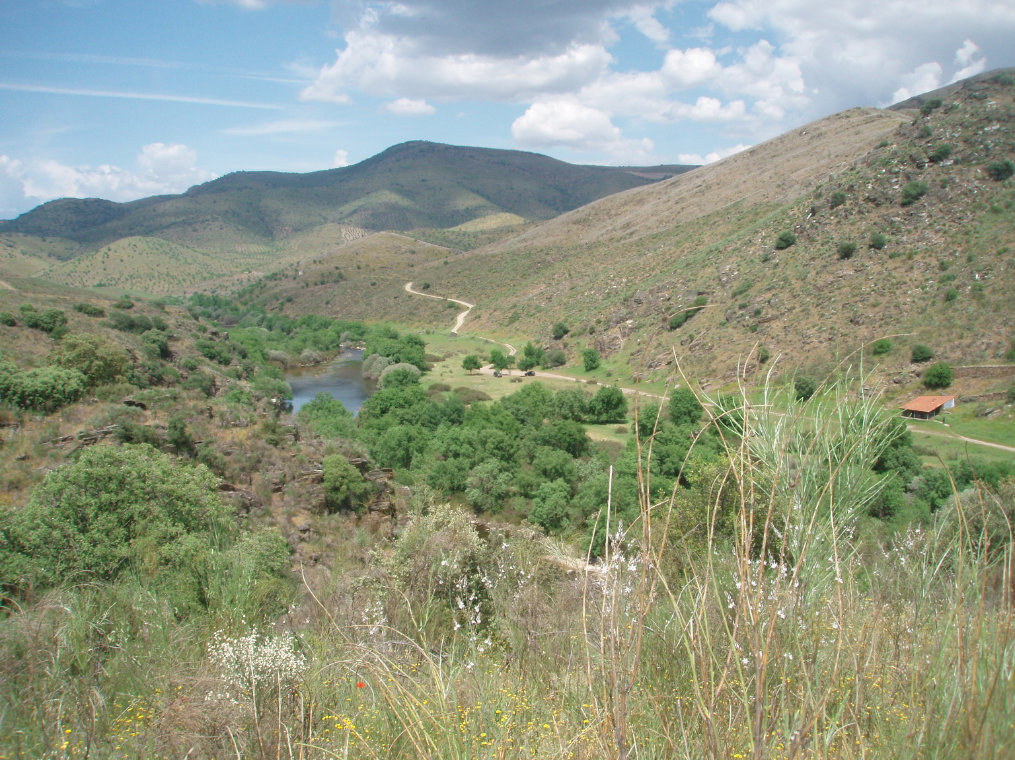
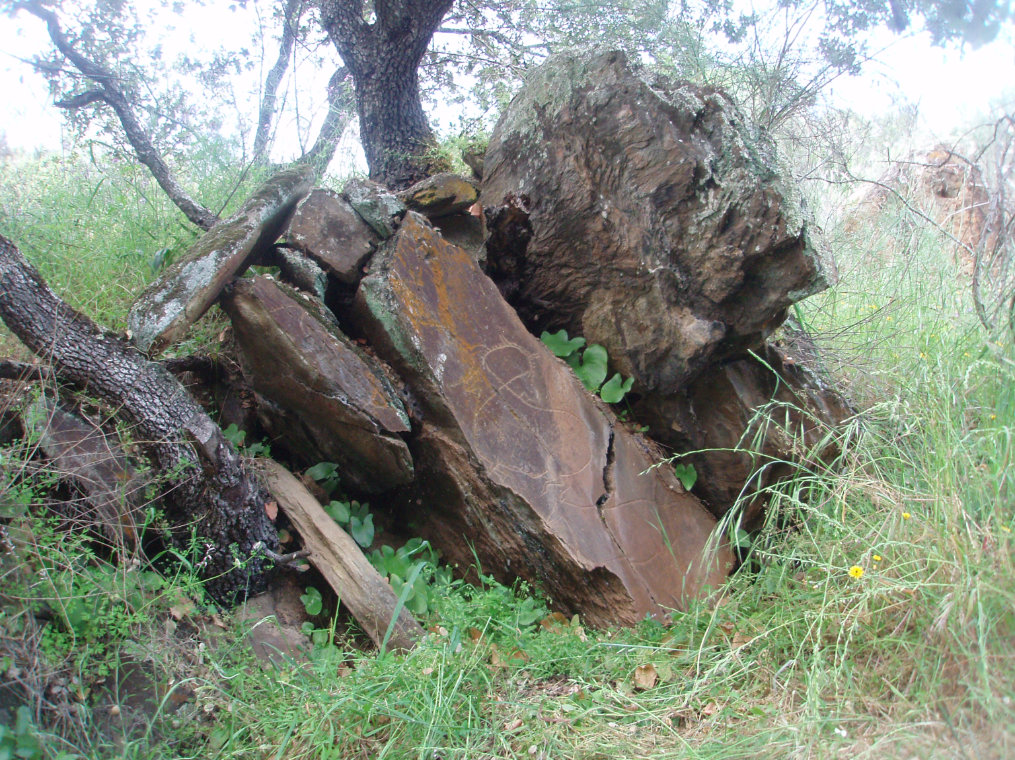
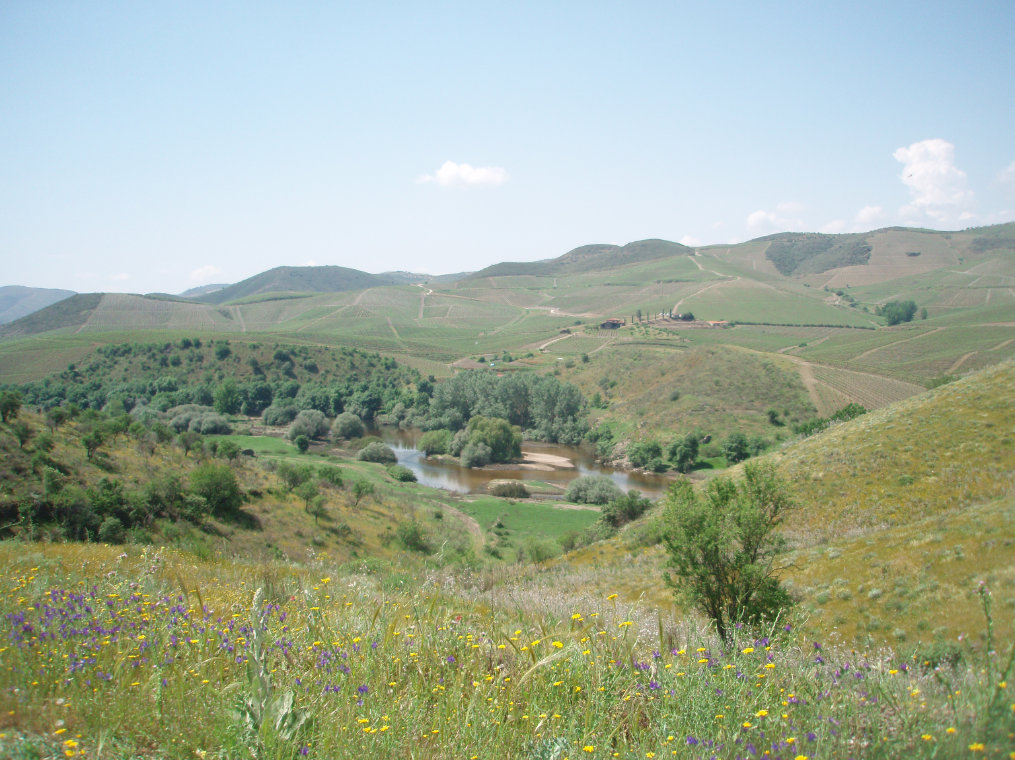
STUDY AREA
Quina da Barca
STUDY AREA
Penascosa
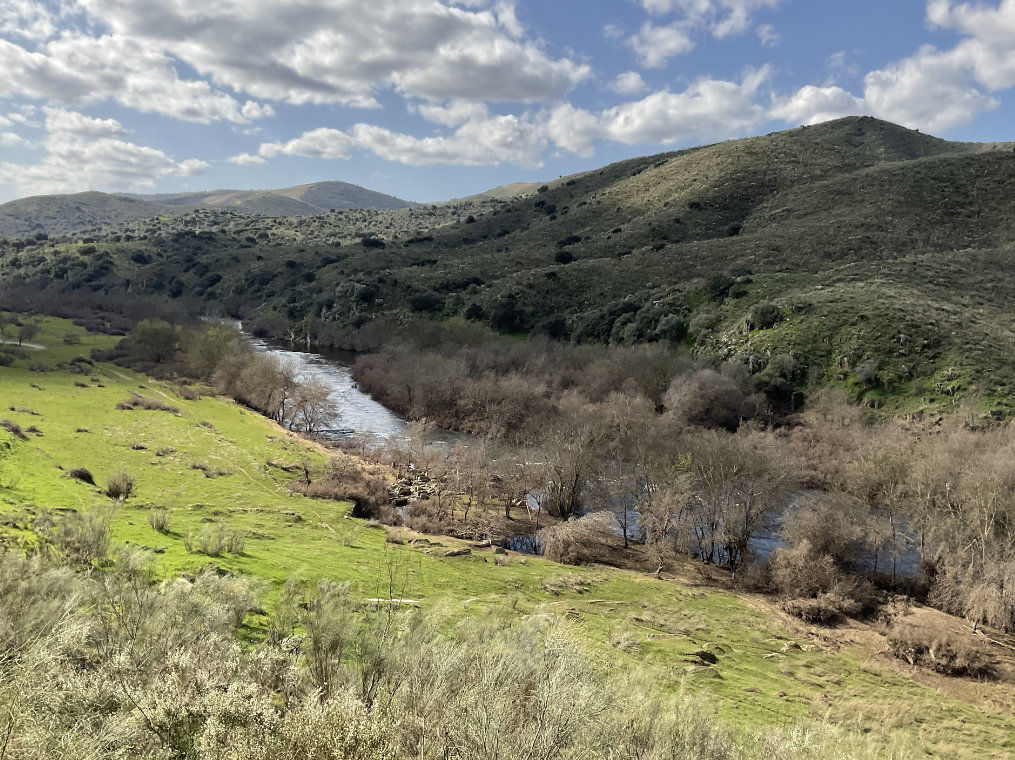


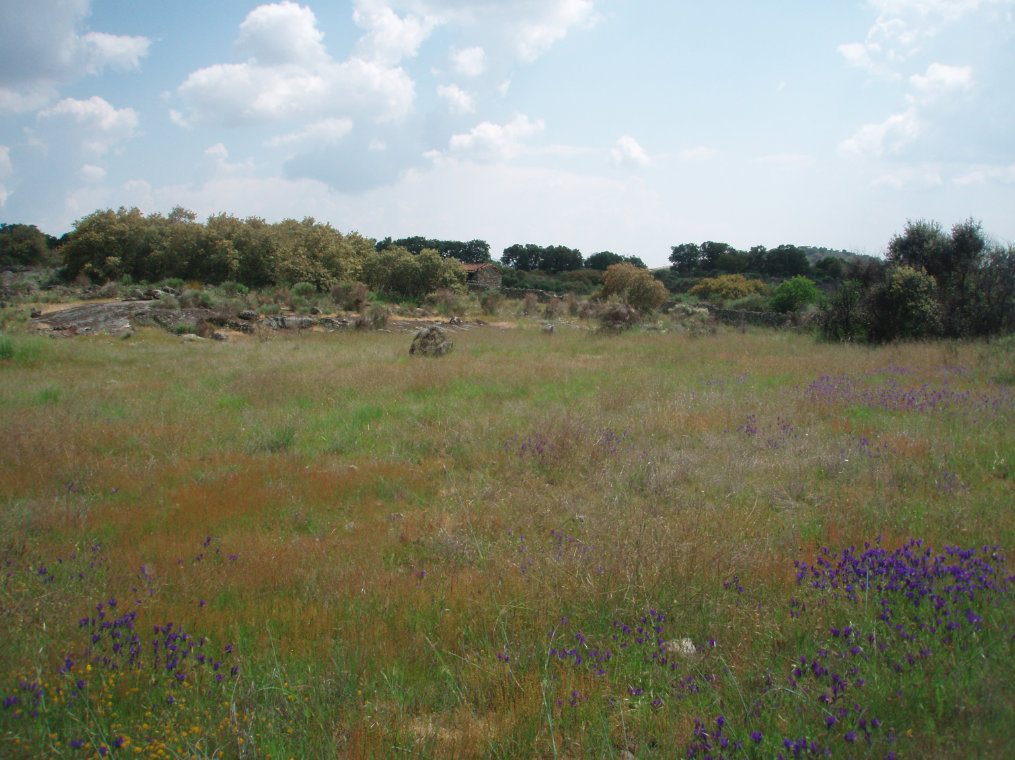
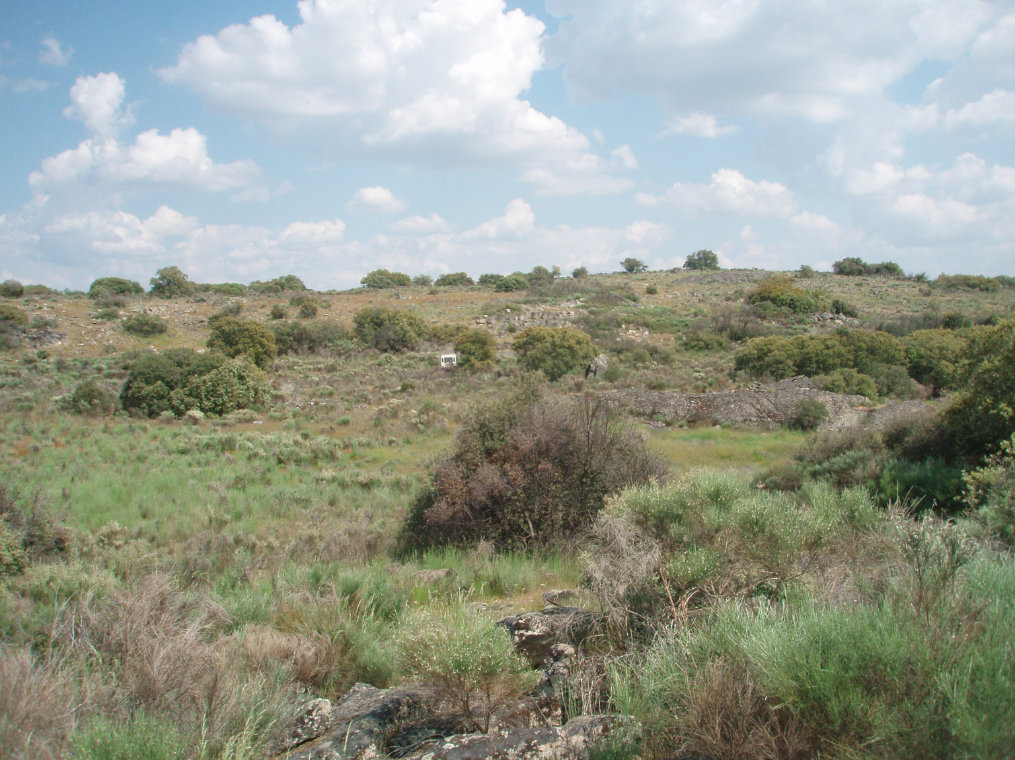
STUDY AREA
Olga Grande
STUDY AREA
Olga De Ervamoura
